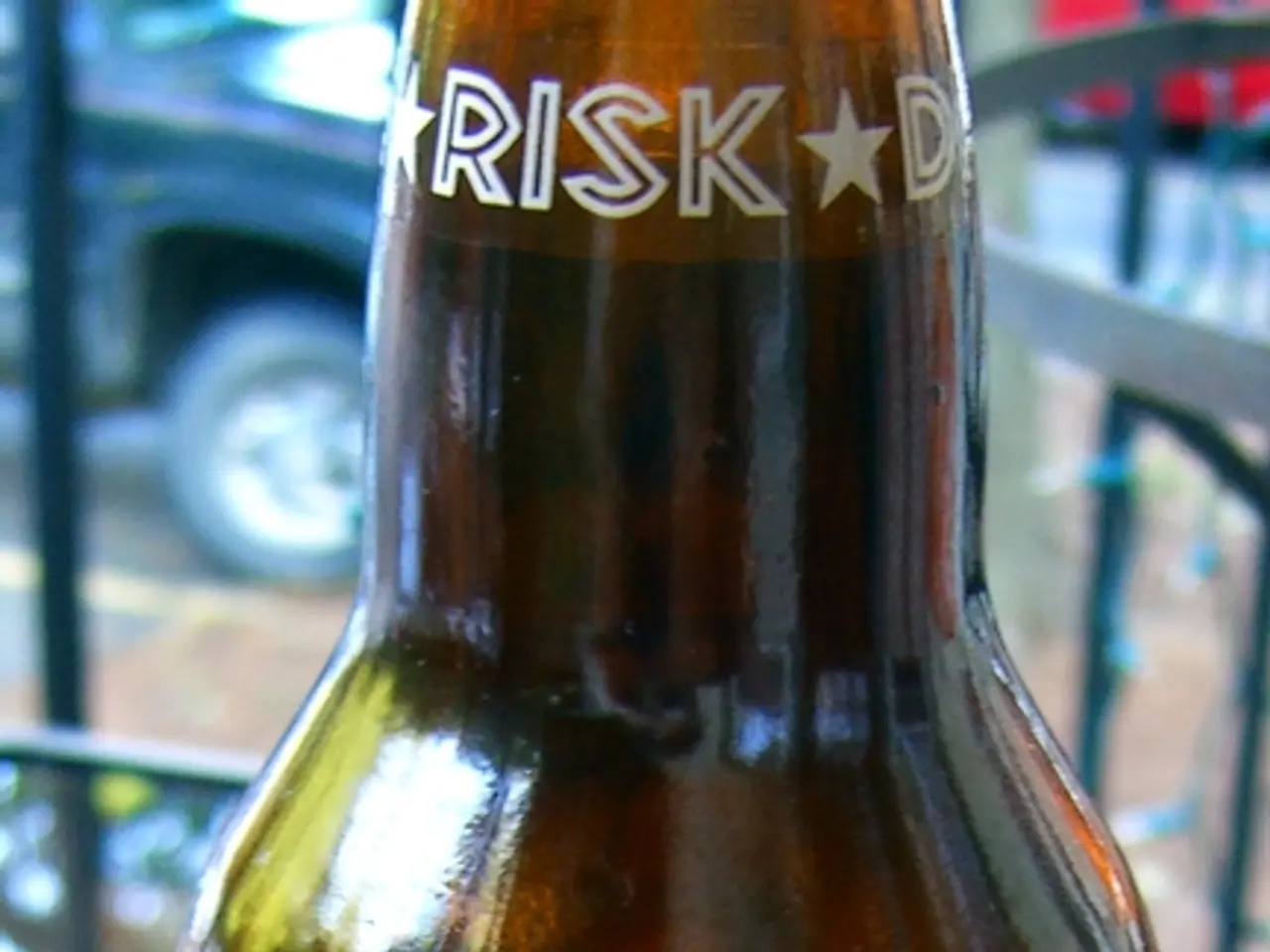Negative Sentiment Preferences: When Advantage Outweighs the Dangers
In the realm of decision making, a fascinating concept known as extreme aversion and loss aversion has come to light. This bias, first researched by Nobel Prize-winning economist Daniel Kahneman, has significant implications for our lives and careers.
Extreme aversion, or the tendency to avoid choices that lay on the extremes of thinking, can often lead to missed opportunities and stagnation. For instance, loss aversion, the strong preference to avoid losses rather than acquire equivalent gains, can cause decision-makers to avoid calculated risks, potentially leading to the bypassing of promising projects due to fear of failure.
Recognising this bias allows for more balanced risk-taking and better evaluation of opportunities. By understanding when fear of loss or change is unduly limiting our options and growth potential, we can make more informed decisions that lead to beneficial outcomes.
To combat extreme aversion and loss aversion, several strategies can be employed:
- Identify your key biases: Focus on the few biases that most affect your important decisions, such as loss aversion, rather than trying to fix all simultaneously to prevent cognitive overload.
- Develop tailored mitigation strategies: For example, create structured processes to seek contradictory evidence before finalizing decisions, or use reference class forecasting—looking at past similar decisions to inform estimates and reduce fear-driven errors.
- Slow down important decisions: Use cooling-off periods to allow emotions tied to fear of loss to subside, enabling clearer judgment.
- Seek diverse perspectives: Engage trusted advisors or colleagues who understand your aversion tendencies and can challenge your negative biases in a constructive way.
- Integrate strategies into routines: Ensure these approaches fit seamlessly into your lifestyle and work context so they can be maintained consistently, especially under pressure.
- Regularly review and update your approach: As responsibilities and contexts change, biases may shift in importance, so continuous reflection helps maintain effective decision-making.
By consciously addressing extreme aversion and loss aversion through these strategies, we can improve decision quality, encourage appropriate risk-taking, and ultimately make better life and career choices.
The decision to take risks, such as freelancing, can lead to significant rewards, but it requires weighing the potential benefits against the risks. While some may find security more appealing and choosing not to go freelance is sensible in certain circumstances, learning to overcome extreme aversion means learning when to take a calculated risk.
In the end, the author suggests that while playing it safe is a good strategy for much of the time, an aversion to taking extreme options can hinder progress and potential success. By understanding and addressing extreme aversion, we can make decisions that help designs and careers take off, ultimately improving our lives and getting more from our efforts.
- Achieving a career as a UI designer or pursuing self-development and education-and-self-development initiatives necessitates making calculated risks and embracing opportunities that might lead to growth, even if they are not the 'safe' choices.
- By identifying biases such as extreme aversion and loss aversion, and employing strategies like seeking diverse perspectives and creating structured processes to evaluate opportunities, one can enhance their decision-making in their career-development journey, thereby fostering a successful UI design career or personal growth.




